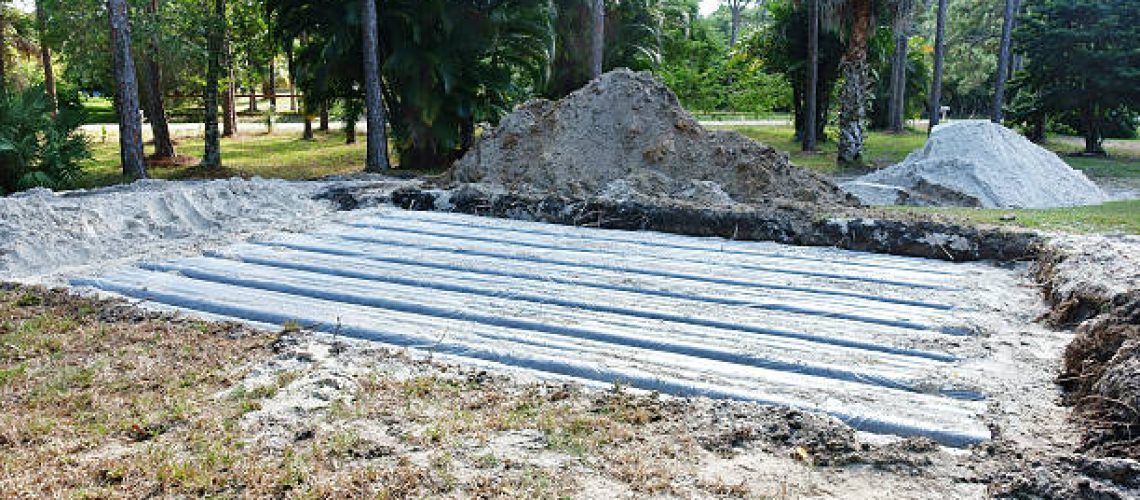A properly functioning septic system is essential for homes not connected to municipal sewage systems. One crucial component of a septic system is the drain field, also known as the leach field or absorption field. It plays a pivotal role in wastewater treatment, allowing effluent from the septic tank to be safely absorbed into the soil. To ensure your septic system operates efficiently and lasts for years, it’s vital to understand and maintain your drainfield properly.
The Crucial Role of the Drainfield in Your Septic System
The drain field is the final stage of the septic system’s wastewater treatment process. After wastewater passes through the septic tank, where solids settle, and bacteria break down organic matter, it enters the drainfield. In the drain field, the effluent is dispersed into perforated pipes or chambers buried in the soil. Beneficial bacteria in the soil further treat the wastewater, purifying it before it rejoins the groundwater.
Why Drainfield Maintenance Matters
A malfunctioning drain field can lead to many problems, including sewage backups, foul odors, and groundwater contamination. To prevent these issues and maintain optimal septic system performance, consider these essential drain field maintenance tips:
Avoid Overloading the System: The drainfield’s capacity is limited, so it’s crucial to keep it manageable. Minimize water usage, fix leaks promptly, and spread laundry and dishwasher use throughout the week instead of overloading the system daily.
Be Mindful of What Goes Down the Drain: Only flush toilet paper and human waste down the toilet. Avoid flushing non-biodegradable items, grease, chemicals, or excessive amounts of household cleaners, as they can harm the beneficial bacteria in the septic tank and drain field.
Maintain Vegetative Cover: Plant grass or other shallow-rooted vegetation over the drainfield area. This helps prevent soil erosion, enhances absorption, and provides oxygen to the soil, fostering the growth of beneficial bacteria.
Keep Heavy Vehicles Away: Avoid parking heavy vehicles, such as cars or heavy equipment, over the drainfield. The weight can compact the soil and damage the pipes, reducing the drain field’s efficiency.
Regular Inspections: Schedule periodic inspections of your septic system, including the drain field, by a licensed septic professional. They can identify issues like clogs, tree root intrusion, or damaged pipes affecting drain field function.
Pump the Septic Tank as Needed: Regular septic tank pumping prevents solids from clogging the drain field. The pumping frequency depends on factors like tank size and household size, so consult a professional to determine the appropriate schedule.
Divert Surface Water: Ensure that surface water, such as roof runoff or excessive rainwater, is diverted from the drain field to prevent oversaturation.
Repair Leaks Promptly: If you notice any leaks in the septic system or pooling water around the drain field, address them immediately. Leaks can lead to system overload and damage.
Avoid Septic Additives: While some septic additives claim to enhance bacterial activity, they may do more harm than good. Consult a professional before using additives to avoid disrupting the system’s beneficial bacteria balance.
Maintaining your drain field is a critical aspect of septic system care. By following these guidelines and scheduling regular inspections and maintenance with a licensed septic professional, you can ensure that your drain field operates at its best.



